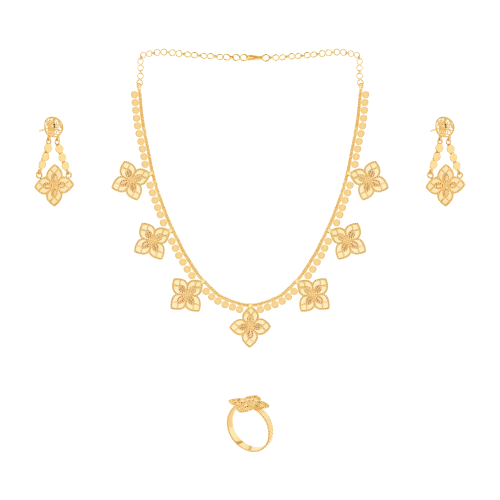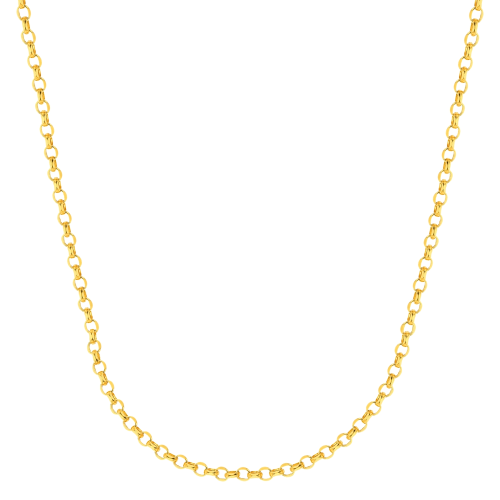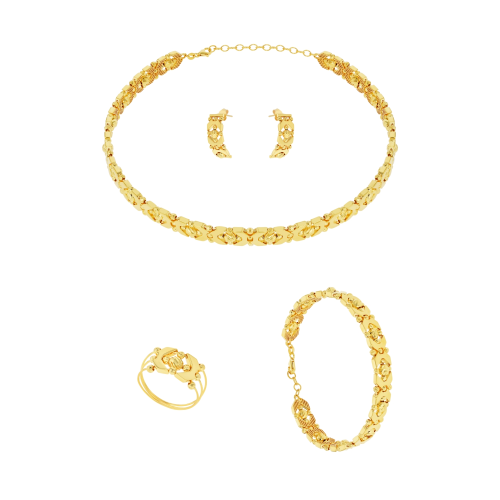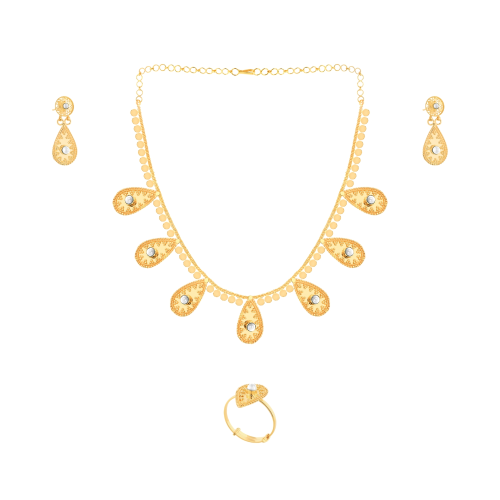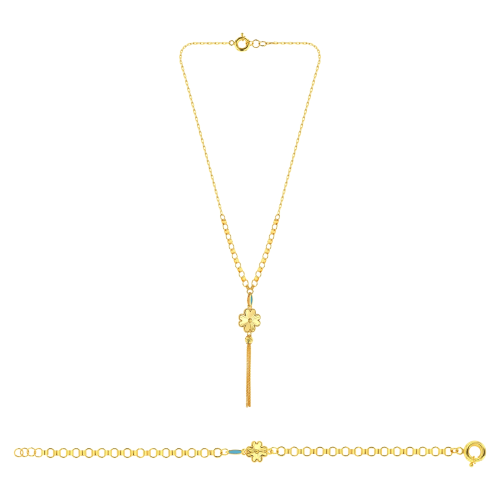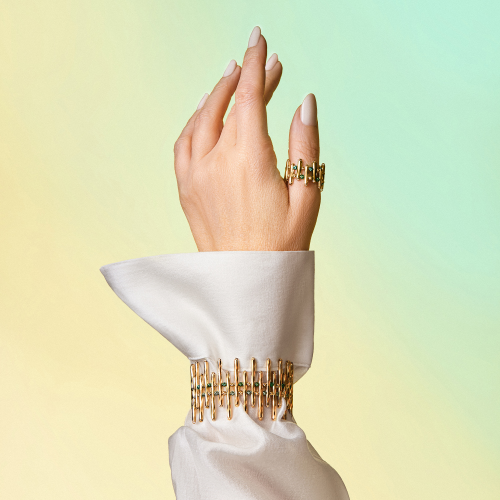The Hidden Symbolism in Gulf Gold Motifs: What Your Jewelry Secretly Communicates

In the sun-drenched landscapes of the Arabian Gulf, gold isn't merely a precious metal—it's a cultural cornerstone that has radiated significance for centuries. From the ornate souks of Dubai to the heritage museums of Saudi Arabia, Gulf gold jewelry speaks a rich, symbolic language that many wearers may not fully comprehend. When you adorn yourself with these intricate pieces, you're not just making a fashion statement; you're participating in a centuries-old tradition of communication through precious metal artistry.
The Ancient Language of Gulf Gold Jewelry
The Arabian Peninsula has long been a crossroads of civilizations, with influences from Mesopotamian, Persian, Indian, and African cultures converging to create a distinctive aesthetic language. Gold jewelry in the Gulf region isn't merely decorative—it's narrative, telling stories of status, tribal affiliations, personal beliefs, and cultural values.
Traditional Khaleeji (Gulf) gold is characterized by its high purity—typically 21 or 22 karats—giving it that distinctive warm yellow glow that has become synonymous with prosperity in the region. But beyond its material value, the designs themselves carry profound cultural significance.
Royal Motifs: The Crescent and Star
Perhaps the most recognizable symbols in Gulf gold jewelry are the crescent and star. While commonly associated with Islam throughout the world, in Gulf jewelry these celestial symbols carry additional meanings of royal protection and divine favor.
The crescent moon (hilal) has pre-Islamic roots as a symbol of cyclical renewal and feminine energy. When incorporated into necklaces, tiaras, or earrings, it signifies divine protection for the wearer. When paired with stars, this combination speaks to the harmony between earthly existence and celestial guidance—a subtle reminder that the wearer navigates life with both feet on the ground and eyes toward heaven.
Geometric Patterns: Sacred Mathematics
Look closely at traditional Gulf gold jewelry, and you'll notice the prevalence of geometric patterns—hexagons, octagons, and intricate lattice designs that repeat with mathematical precision. These aren't merely decorative choices but reflect the Islamic artistic tradition of sacred geometry.
These patterns, known as "girih" (Persian for "knot"), represent the infinite nature and the mathematical order of the universe. When you wear jewelry with these motifs, you're essentially carrying a miniature cosmos.
Date Palm Motifs: Prosperity and Resilience
Before oil transformed the economies of the Gulf states, the humble date palm was the lifeblood of desert communities. It's no surprise that stylized palm fronds and date clusters feature prominently in traditional gold jewelry.
A bracelet or pendant featuring date palm motifs doesn't just celebrate cultural heritage—it symbolizes resilience, sustenance, and the ability to flourish in challenging environments. Wearing such pieces communicates a connection to ancestral wisdom and the value of resourcefulness.
The Protective Hand of Fatima
The Hand of Fatima (or Hamsa) appears frequently in Gulf gold jewelry, typically as pendants or centerpieces in elaborate necklaces. Named after the daughter of Prophet Muhammad, this palm-shaped amulet with five fingers extended is believed to ward off the evil eye and negative energies.
When incorporated into gold jewelry, particularly with a central "eye" made of turquoise or lapis lazuli, it serves as both protection and a statement of faith. Wearing such pieces suggests the wearer values spiritual protection alongside material beauty.
Pearl Embellishments: Sea Heritage
Long before the discovery of oil, pearl diving was the economic backbone of many Gulf communities, particularly in Bahrain, Qatar, and what is now the UAE. The incorporation of pearls into gold jewelry isn't merely decorative—it's a homage to this maritime heritage.
Traditional "murtahish" necklaces, featuring rows of pearls interspersed with gold beads, tell the story of a culture balanced between desert and sea. Wearing pearl-adorned gold pieces speaks to an appreciation of indigenous Gulf traditions that predate modern wealth.
Modern Interpretations: Tradition Meets Contemporary Design
Today's Gulf jewelry designers are reimagining these ancient symbols for contemporary wearers. Brands like Sauce Rocks from Dubai and Nuun Jewels, founded by Saudi princess Nourah Al Faisal, incorporate traditional motifs into sleek, modern designs that appeal to cosmopolitan sensibilities.
These contemporary interpretations allow wearers to carry cultural heritage into modern contexts—communicating both respect for tradition and forward-thinking adaptability.
The Social Significance: Jewelry as Status Marker
In Gulf societies, gold jewelry has traditionally functioned as a visible display of family wealth and social standing. The weight and purity of gold pieces—particularly those given as wedding gifts (mahr)—communicate the economic status of both the giver and receiver.
But beyond mere displays of wealth, the specific designs chosen convey subtle messages about tribal affiliations and regional identities. A woman from Najd in Saudi Arabia might favor different motifs than someone from coastal Oman, with each design element functioning as a geographic and cultural identifier.
Investment Beyond Aesthetics: Gold as Financial Security
The preference for high-karat gold in Gulf jewelry isn't solely aesthetic—it reflects a traditional approach to female financial empowerment. In societies where women historically had limited direct access to financial systems, gold jewelry functioned as portable wealth that remained under a woman's control.
When you see a woman wearing substantial gold pieces at a Gulf wedding or celebration, you're witnessing not just adornment but a tangible financial safety net. This practice continues today, with many Gulf families still preferring to invest in gold jewelry rather than purely decorative pieces with lesser metal content.
Caring for Your Symbolic Gulf Gold
If you're fortunate enough to own pieces of traditional Gulf gold jewelry, understanding their proper care is essential to preserving both their monetary and cultural value. Unlike Western 14k gold, traditional Gulf gold (21-22k) is softer and more susceptible to scratches.
Store pieces separately in soft cloth pouches, clean gently with mild soap and warm water, and avoid exposure to perfumes and chemicals that can dull their distinctive luster. Remember that you're caring for more than jewelry—you're preserving cultural artifacts that carry centuries of symbolic meaning.
Beyond Ornament to Identity
When you choose to wear traditional Gulf gold jewelry, you're engaging with a complex visual language that speaks to history, belief, and identity. Whether you're from the region and wearing inherited pieces or an admirer adorning yourself with newly purchased items, understanding these hidden meanings adds depth to the experience.
In a world increasingly dominated by mass-produced fashion, Gulf gold jewelry stands as a testament to the enduring power of handcrafted pieces that carry cultural DNA through generations. The next time you fasten that elaborate necklace or slip on those distinctive earrings, remember—you're not just wearing jewelry; you're communicating through an ancient symbolic language that continues to resonate in our modern world.
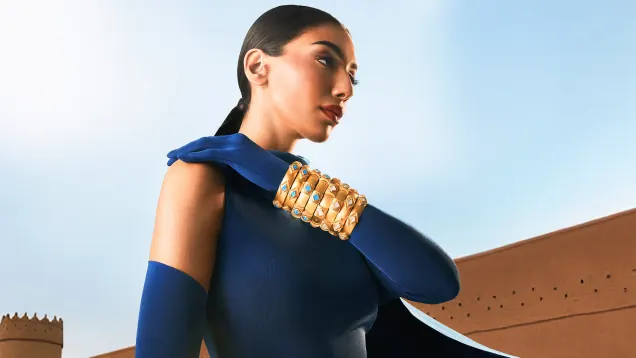
Our Promise
Fast shipping
Receive your jewelry in maximum 3 days.
Return guaranteed
Requesting a return is quick and easy.
Ethical Sourcing
Ethically Sourced Materials
Payments
Buy in the most convenient way for you.
